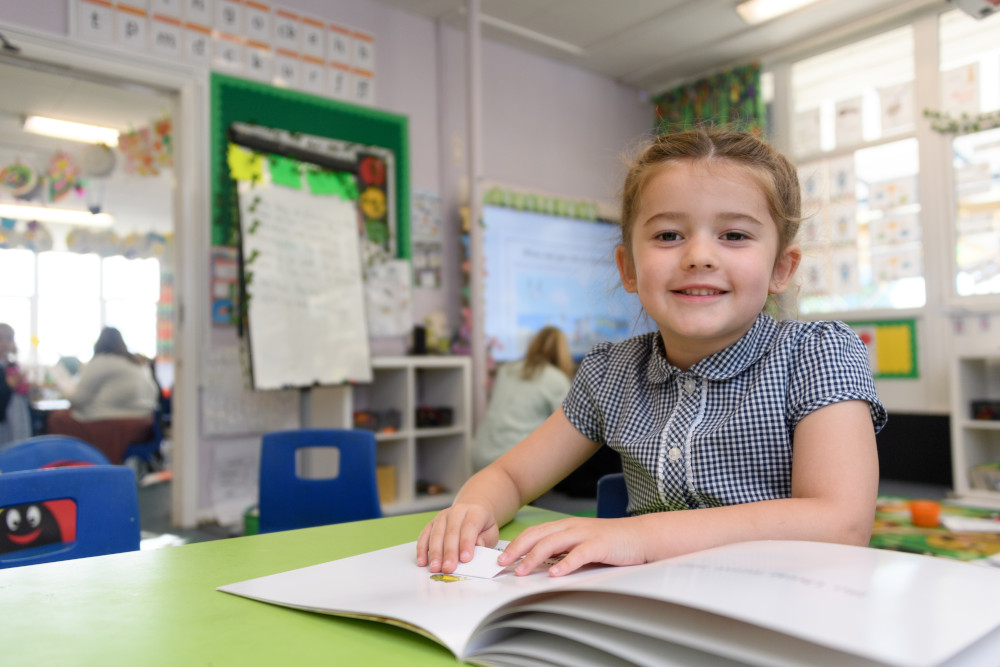Reading
We use the following reading schemes at Ormiston Herman Academy: Lighthouse, Oxford Reading Tree (including traditional tales), Rhyme World, Storyworld, Big Cat, Big Cat Phonics and Storybirds Phonics.

The reading books within the schemes are organised into the following colour bands:
- Pink for children working towards level 1
- Red for children working towards level 1
- Yellow for children working within level 1
- Blue for children working within level 1
- Green for children working within level 1
- Orange for children working towards level 2
- Silver for children working towards level 2
- Purple for children working within level 2
- Black for children working within level 2
- White for children working within level 3
- Brown for children working within level 3
- Children at the upper end of level 3 have access to independent reading books.
Every classroom has a book/reading area, which promotes the enjoyment of reading and encourages independence. The pupils are given opportunities to regularly change their reading books independently and each class has a visit to the school library every week.
Phonics
Letters and Sounds lessons are delivered daily to all pupils in EYFS and Key Stage One. Letters annd sounds is taught in 6 phases, starting with Phase 1 in Nursery, through to Phase 6 which is taught in Year 2.
EYFS – Nursery
Pupils begin learning Phase One of letters and sounds as they join Nursery. Activities are planned, which are divided into seven aspects:
Environmental sounds, instrumental sounds, body sounds, rhythm and rhyme, alliteration, voice sounds and finally oral blending and segmenting.
EYFS – Reception
Pupils continue to revisit Phase One and progress onto Phase two, three and four. During phase two, pupils learn letters of the alphabet and the sounds each letter makes. During Phase 3, the pupils revisit the letter sounds from phase 2 and progress onto learning graphemes such as ch, oo, th. They begin to read captions, sentences, and questions. During phase 4, the pupils begin to learn to blend and segment longer words with adjacent consonants e.g swim, clap, jump.
Key Stage One
Throughout Year One, the pupils continue to revisit phase 2, 3 and 4 and then progress onto phase 5. During this phase the children learn alternate pronounciations for graphemes e.g ‘ay’ and ‘ai’. In Year Two, once the pupils have completed phase 5, they begin phase 6. During this phase, the pupils learn to apply different spelling rules including adding prefixes and suffixes to root words.
Key Stage Two
During Key Stage two, pupils continue to learn and apply spelling rules and patterns and where appropriate, revisit the different phases of Letters and Sounds.